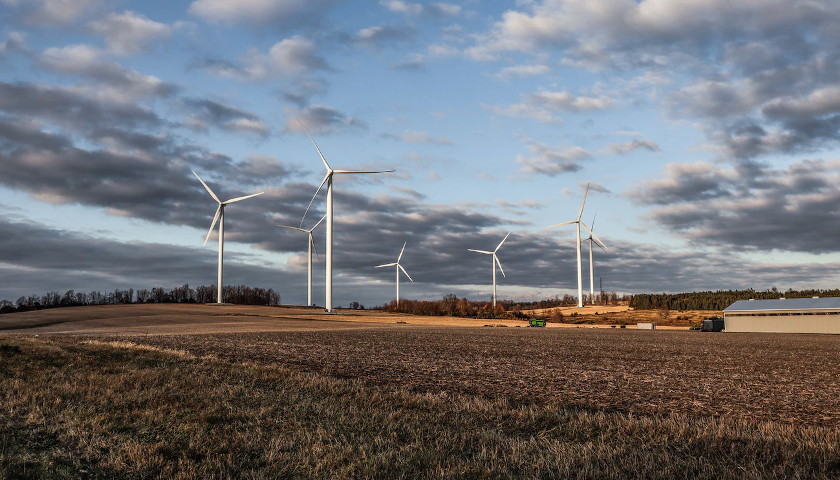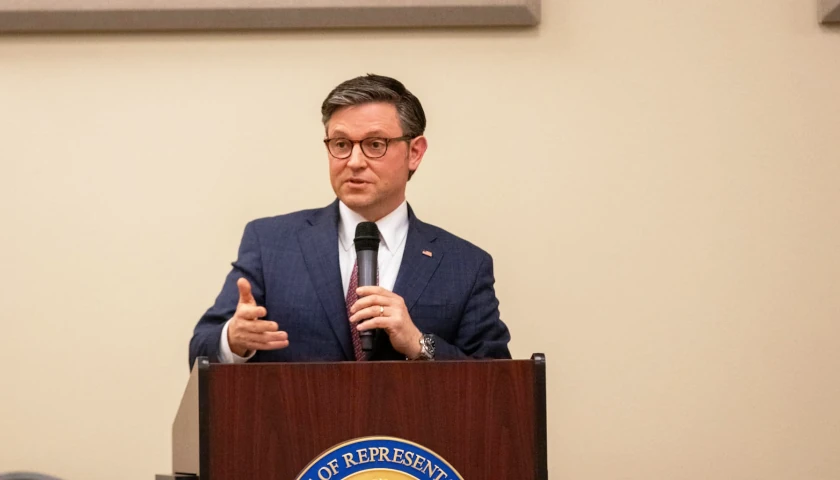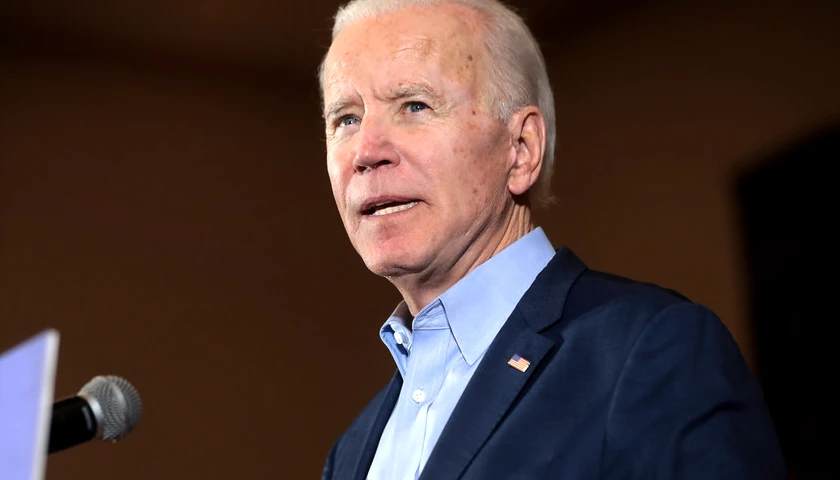by Robert Bryce
The backlash against the encroachment of wind and solar projects continues. On June 23, the Butler County (Ohio) Board of Commissioners adopted a measure that designates a “restricted area” that prohibits “the construction of an economically significant wind farm, a large wind farm, and/or a large solar facility.” The measure, which passed unanimously, covers all unincorporated areas within a dozen townships in the county.
The vote is the latest example of local communities rejecting or restricting the growth of large renewable projects. According to an article by Denise G. Callahan, a reporter for the Journal-News, an outlet known as “Butler County’s Local News Now,” the commissioners enacted the measure after hearing from township representatives. Commissioner Cindy Carpenter told Callahan she understands as a public official she has a responsibility to consider ways of reducing reliance on fossil fuels, but she must also be responsive to township officials. Carpenter was quoted in the article as saying “We respect that they are the elected officials closest to the citizens.”
Adding the 12 townships (but not the Butler County commissioners’ vote) to the Renewable Rejection Database brings the total of wind energy rejections so far this year to 20. Since 2013, there have been 344 rejections or restrictions of wind projects across the U.S. in states from Maine to Hawaii.
As I have reported many times, the raging backlash against the renewable industry doesn’t fit the convenient narrative that wind and solar are “green” and that they are “cheaper” than traditional forms of energy production. These rejections are not being covered by The New York Times or National Public Radio, but they reflect the growing outrage in rural American towns and counties over the land grab that is being attempted by some of America’s biggest companies in the name of climate change.
Further, as siting wind and solar projects has gotten more difficult, big renewable companies are resorting to hardball legal tactics to intimidate location communities into accepting projects they do not want. For example, in May, Chicago-based Invenergy, the world’s largest privately held renewable energy company, sued Worth County, Iowa as part of an effort to force the county to accept a wind project the county doesn’t want. That lawsuit came after MidAmerican Energy, a subsidiary of corporate behemoth Berkshire Hathaway, sued Madison County, Iowa, the province known for its picturesque wooden bridges. (Invenergy refused to comment on their lawsuit against Worth County. In an email, a MidAmerican spokesman claimed the company is not trying to intimidate the county.)
Over the past few months, Iowa, Ohio, and Wisconsin have emerged as the epicenter of the rural backlash against Big Wind and, increasingly, Big Solar. Ohio is particularly notable because last year, Senate Bill 52 took effect. That measure allows counties to prohibit the construction of renewable projects. As reported by EnergyWire, “Policy support for renewables has been eroding in Ohio for a decade.” The erosion of support, of course, was due to surging local opposition to renewable projects.
But SB 52 also provides a clear example of the growing urban-rural divide when it comes to renewable energy policy. The bill, which was signed into law by Ohio Gov. Mike DeWine, (a Republican) passed through both chambers of the Ohio legislature but it did not get a single Democratic vote. In addition to giving counties final say over projects, the measure also requires renewable energy developers to go to the Ohio Power Siting Board for approval, a move that may give opponents a second venue in which they can kill proposed projects.
Now back to Butler County. A quick web search located the minutes of the June 23 meeting of the Butler County Board of Commissioners. The minutes show that the measure adopting the “Restricted Area in Butler County” includes “all unincorporated areas within Reily Township, Fairfield Township, Hanover Township, Liberty Township, Madison Township, Milford Township, Morgan Township, Oxford Township, Ross Township, St. Clair Township, Wayne Township, and West Chester Township.”
Butler County is the kind of place that doesn’t get much attention from elite academics, big media outlets, and climate activists. It’s a largely rural county located north of Cincinnati, along Ohio’s border with Indiana. The population of the county is less than 400,000. Butler County has 13 townships. Of those, 12 are included in the ban on new wind and solar.
I’ll conclude with another quote from Callahan’s coverage of the Butler County ban on large renewable projects. She quoted County Commissioner Cindy Carpenter, who said the county agreed to implement the ban because local township officials “speak to us as the voice of the citizens. So I have decided to support their request.”
– – –
Robert Bryce is the host of the Power Hungry Podcast, executive producer of the documentary, “Juice: How Electricity Explains the World,” and the author of six books, including most recently, “A Question of Power: Electricity and the Wealth of Nations.” Follow him on Twitter: @pwrhungry.





